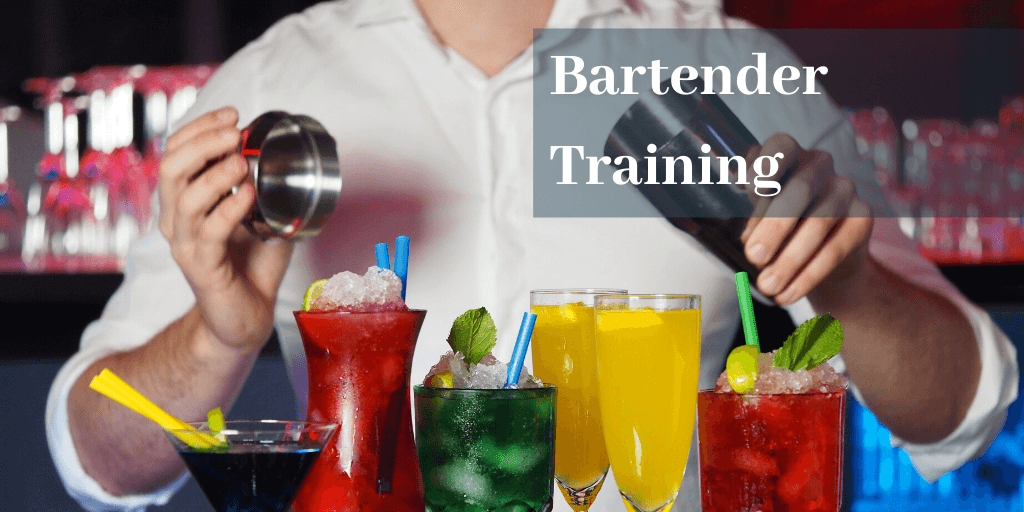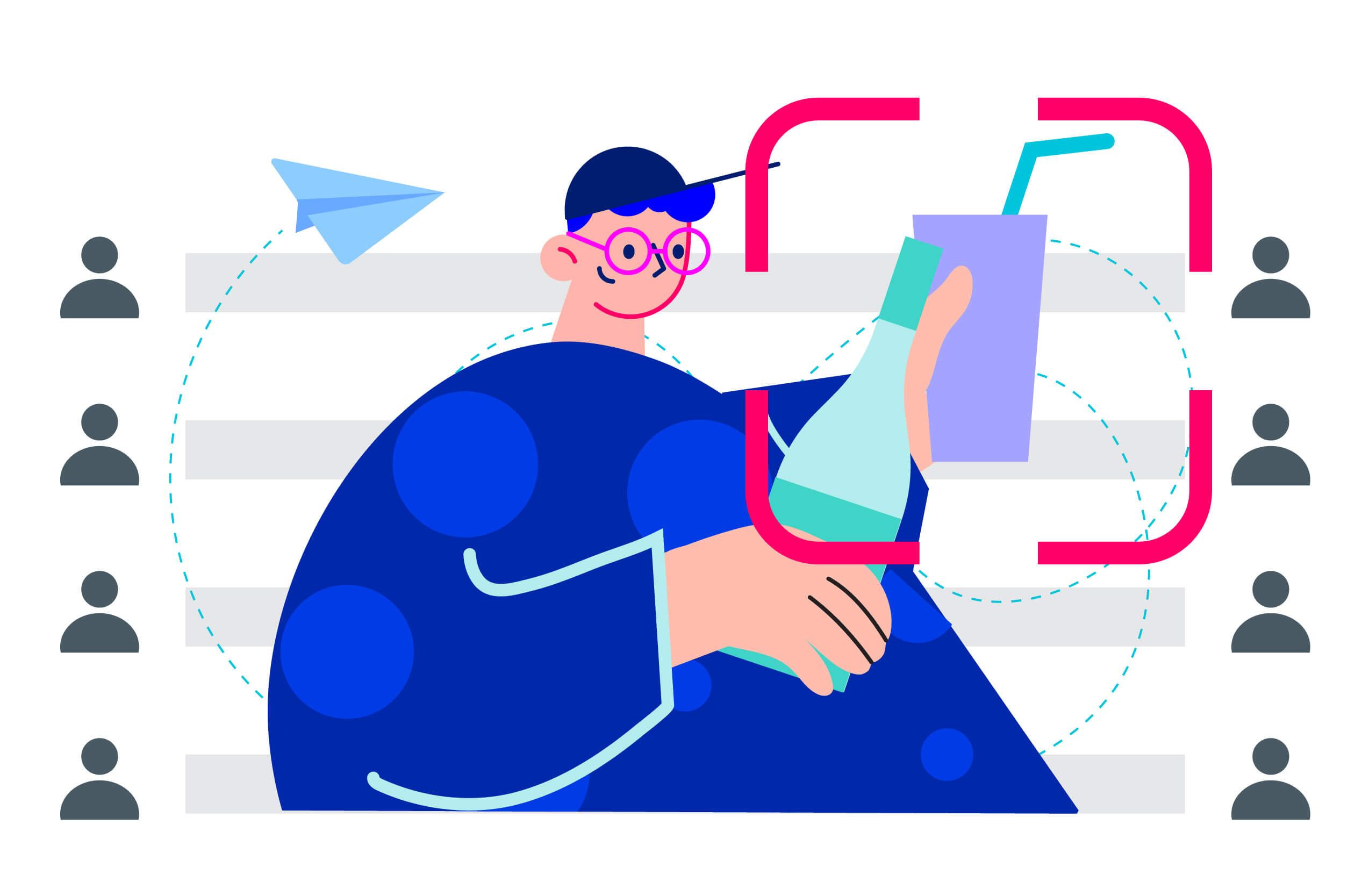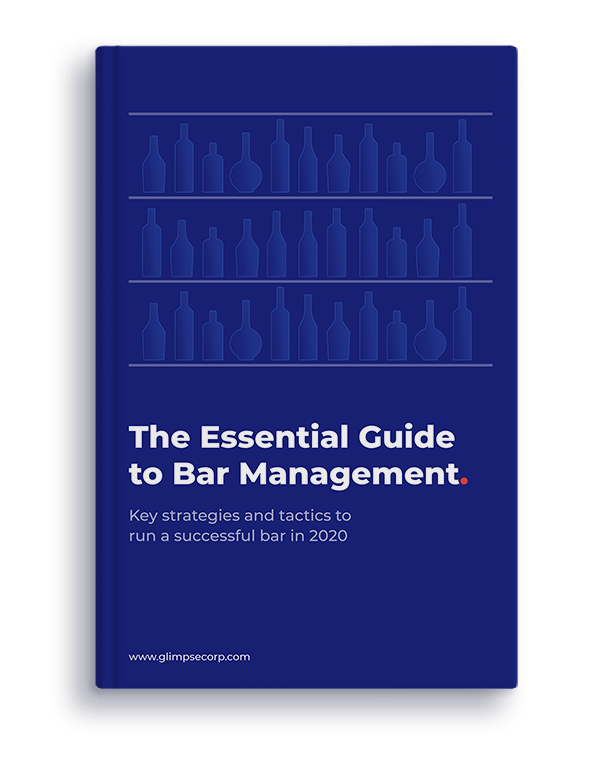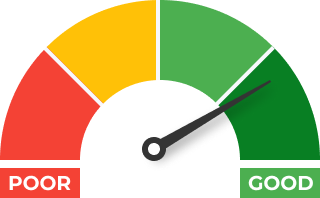Here are 3 common traits about the bar business:
1) Customer complaints.
2) High staff turnover.
3) Losing cash due to theft or malpractice.
Good news: all 3 of these can be remedied with proper training.
And nowhere is this more pronounced than bartending – one of the roles with the highest levels of responsibility, exposure to customers, and influence on your bottom line.
So in this article, we’re going to present 11 tips for better bartender training.
By the time you finish reading, you’re going to have a blueprint for onboarding new hires who understand your rules and processes.
In turn, this can help you improve customer service, grow revenue, and retain your key employees for a longer time.
Let’s dive in.
Why is bartender training so important?
Before we dive into specific tips, let’s revisit why bartender training must be done right.
The average staff turnover rate in bars and restaurants stands at 75%. This means that for every 10 employees you have, you can expect only 2 or 3 to be there the next year.
This is a nightmare from a management point of view because you constantly have to hire and train new people.
In addition, the average loss from spillage, over-pouring and giveaways is approximately 6 ounces per liter. That’s about 18% lost revenue, not to mention the impact on your pour cost.
This is why having a solid bartender training process is crucial for your operations and profitability.
The 11-point checklist for better bartender training
Now that the value of training is clear, how can you make sure every new bartender hire has the maximum chances of success? This is what we’ll cover next.
1. Start with the right foundation
Bartender training is useless if you make the wrong hire from the get-go.
If you want to make the most of your staff onboarding and training programs, make sure you have a solid hiring process first. This should include one or more channels to attract candidates, shortlist the best ones, and reliably predict their performance.
So how do you go about this?
When it comes to channels for attracting candidates, there are staffing agencies and websites like Indeed that can refer candidates to you. Other sources include Facebook groups and referrals from your existing employees.
In terms of shortlisting, you can design questionnaires that let you standardize the selection process and compare everyone based on the same set of principles – even before you meet them for an interview.
Lastly, having a trial day or week can help you see how people perform on the job and predict how they will fit in with a high degree of certainty.
Combining these elements will help you set the right foundation for training and onboarding your new bartender hires.
2. Introduce the employee handbook
Once you have someone on board and ready to start, it’s time to introduce them to the employee handbook.
This should outline your workplace policies, code of conduct, and other general rules in your establishment.
In addition, the employee handbook may include role-specific guidelines about customer service, handling cash, and any other related details.
If you don’t have an employee handbook, you can download a free template here.
3. Technical skills
It’s true that qualities such as being trustworthy, friendly, and dedicated are more important but you can’t provide good customer service if the technical skills are lacking.
And sometimes, your new hires might not have that much experience or you might be promoting someone from another area of your bar or restaurant.
In this situation, make sure to go through the technical aspects of bartending such as accurate pouring, cocktail recipes, and the different tools to use on the job.
This is also a great time to learn where everything is behind the bar and practice. Shadowing an existing bartender is a good way to speed up this process.
These elements will help your new hire understand how you do things on both a theoretical and practical level.
Tip: If you don’t have the capacity or the internal know-how to provide technical training, consider outsourcing this to a third-party training provider.
This is best done in person so searching for “bartender training in [your state]” on Google should give you several local centers that train bartenders.
You might also consider online training to get the theoretical aspects right with companies like the PBSO Bartending School.
4. Bartender jargon
Similar to above, if you’re hiring someone without much experience as a bartender, make sure you go through the terminology commonly used behind the bar and among the rest of your team.
This will help avoid any misunderstanding between your staff and speed up customer service.
5. Your POS and other systems
Technology now plays an important role in running a bar so you’ll need to go through the various systems you use with your new hires.
One obvious place to start is your POS system but you might also be using specialized inventory or table management software.
Covering these systems will ensure smooth operation, accurate sales data, and better customer experience.
6. Sales training
While bartenders are not strictly salespeople, they can make a huge difference to your revenue when properly trained.
If you want to maximize every sales opportunity in your bar, make sure to train your bartenders on things like:
- Drinks history and background.
- Good food and drink combinations.
- Listening to and “reading” the customer.
Ultimately, proper sales training can increase your average order value while amplifying the customer experience with knowledge on the different items you serve (and some charisma).
Tip: There’s no need for sophisticated sales tactics here. Instead, explaining how extra revenue impacts their earnings and learning the menu inside and out will go a long way towards improving your bartender sales skills.
7. Purchasing and inventory management
If you let bartenders handle things like inventory management and purchasing, you should also cover this area ahead of time.
Your inventory process will typically involve counting stock, keeping records of spillage, and any software you use for this.
On the other hand, purchasing will involve contact numbers of suppliers, minimum order quantities, best sellers, and other relevant information.
8. Health & Safety training
Before you can officially complete your training, make sure your new hire knows about health and safety regulations in your city, as well as handling emergencies in your venue.
For example, make sure they understand the fire safety code and know how to handle incidents such as work-related injuries.
You can download a sample health code checklist here.
9. The quiz
Once your new bartender has the theoretical information and perhaps some practical experience too, it’s a good idea to test their knowledge with a short quiz.
This should cover all of the aspects above and any specific rules in your establishment.
For example, you can test technical knowledge using cocktail recipes, drink history, and background.
Or you can use a sample menu without any prices where the person doing the test has to fill them in.
Whatever you decide to test, the biggest value here is that your new hire will recall the information they learned and therefore solidify their understanding and confidence.
You can design a questionnaire-style test using tools like Google Forms or Typeform. Or simply print off an Excel spreadsheet if you prefer to keep it simple.
10. Role-playing
The theory is just one half of the equation but before letting people off to work with customers, make sure they can handle a simulated situation.
You can organize short role play with other employees or yourself, making sure your new hire knows where everything is, how to make certain drinks, and upsell effectively.
This can happen before you open or at a set day of the week when you’re closed.
11. Stand back and monitor progress
There’s no real way to learn how to deal with the pressure of a busy bar unless you start doing it.
So that’s why an important part of your training should be live work with actual customers. It might not be the absolute busiest time but your new hires should get exposure to customers as soon as possible.
Conclusion
Solid bartender training is important if you want to provide good customer service and maximize revenue in your bar.
And this process starts with hiring – attracting the best candidates will make everything else easier and more effective.
Once you have the right people on board, it’s time to run through your key policies – from customer service and handling cash to essential health and safety regulations.
This will ensure every bartender you hire is equipped with the knowledge and skills to delight your customers and enjoy their work.
Do you want to learn more about bar operations management? Then check out The Essential Guide to Bar Management.










 +1 (786) 292-2373
+1 (786) 292-2373 insights@glimpsecorp.com
insights@glimpsecorp.com





